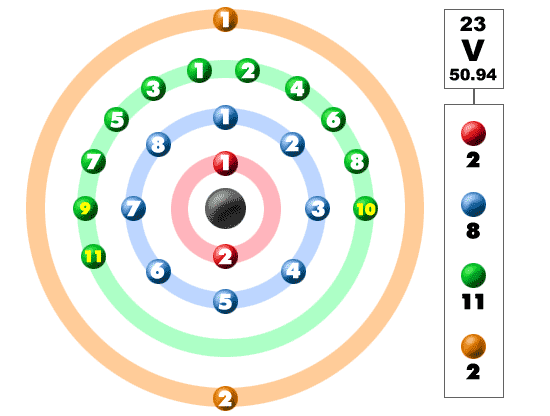
In Figure 3, we see a representation of the orbitals occupied by the electrons in the ground state of the element krypton (for clarity, the orbitals have been separated from one another). Why does the (n + l) rule work? It’s not magic and now we’ll discuss the connection between the rule and its physical meaning. To understand the connection, we need to start with how the quantum numbers n and l are related to the energy of an orbital. We’ll use 3D models (actually 2D images of the 3D models) of atomic orbitals to demonstrate. It also correctly predicts many electron configurations beyond that. And here we arrive at a very important point: predicting the relative energies of each orbital is not the same thing as predicting correct electron configurations. The (n + l) rule is a remarkably clever and useful tool. It correctly predicts the order of orbital energies through element 20 (calcium). An Aufbau diagram that illustrates the (n+l) rule.

According to rule (b) above, when two orbitals have the same E, such as E=3 for 2p and 3s, the orbital with lower n (2p) is filled first.įigure 2. The orbitals are filled according to the values of E for each orbital: E=1 for 1s, E=2 for 2s, E=3 for 2p and 3s, and so on. The diagram in Figure 1 is the result of these rules.įigure 2 is a version of the diagram that displays the dependence on (n + l) for each orbital, where E represents the relative energy of the orbitals. If two orbitals have the same value of (n + l), they are filled in order of increasing n. Orbitals are filled in order of increasing (n + l), which represents the relative energy.ī. The (relative) energies of the orbitals can be predicted by the sum of n + l for each orbital, according to the following rules:Ī. l is the angular momentum quantum number and is related to the shape of the orbital. n is the principal quantum number and is related to the size of the orbital. The “n” and “l” in the (n + l) rule are the quantum numbers used to specify the state of a given electron orbital in an atom. How was this diagram constructed in the first place? It turns out that it is a representation of a method of predicting the “order of filling” called the Madelung rule, which is also called the (n + l) rule.

Is there a way to connect this diagram to its physical meaning? Yes! That is the goal of this article. The Aufbau Diagram: Atomic orbitals are filled starting at 1s and continuing, from the upper left, in the order indicated by the arrows.


 0 kommentar(er)
0 kommentar(er)
